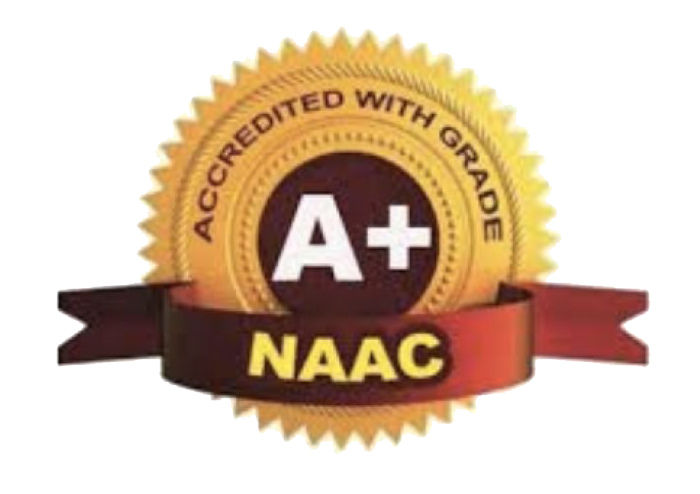Policy
To establish and effectively implement a robust quality system at M.I.E.T. Engineering College encircling teaching learning, research, consultancy and also focus on core and support functions to ensure accountability to stake holders through continuous improvement.
Mission
To assess and upgrade the quality of academics, administration and ambience for ensuring high quality of teaching, learning and research in the institution.
Vision
- Periodic evaluation of curricular, co-curricular, research, administrative activities and set goals for further augmentation.
- To identify the challenges and formulate proper remedial measures with internal and external expertise.
Objectives
- The Primary objective of the IQAC is to develop a system for conscious, consistent and catalytic action to improve the academic and administrative performance of the M.I.E.T.Engineering College.
- The objective of IQAC is to ensure quality standards in teaching, learning and evaluation patterns and related activities.
- To promote measures for institutional functioning towards quality enhancement through promoting of best practices and quality culture.
Scope
This policy applies to all the academic and administrative departments at M.I.E.T.Engineering College
Purpose
Internal Quality Assurance System is a step towards Excellence in Engineering Education and it proposes that every accredited institution should establish an Internal Quality Assurance Cell (IQAC) as a post-accreditation quality sustenance measure. Approach to quality assurance involves both internal and external mechanisms that would enhance academic as well as administrative processes followed in the M.I.E.T.Engineering College. IQAC has member representatives from the top management, teaching, students and stake holders and to get diversified suggestions for continuous improvement. IQAC is a significant body of the institution which monitors the process of teaching, learning and evaluation and it will channelize all efforts & measures of the M.I.E.T.Engineering College towards promoting its holistic academic excellence.
Functions and Responsibilities:
- It takes the responsibility of generating and promoting awareness in the institution regarding multi level quality sustenance activities and implementing quality ways for attaining excellence.
- Development and implementation of quality benchmarks/parameters for various academic and administrative activities of the institution
- Creating of a learner-centric environment conducive to quality education and to adopt the participatory teaching and learning process
- Getting feedback response from students, parents and other stakeholders on quality-related institutional processes
- Dissemination of information on various quality parameters of higher education
- Organization of inter and intra institutional workshops, seminars on quality related themes and promotion of quality circles
- Documentation of the various programmes/activities leading to quality improvement
- Acting as a center of excellence for coordinating quality-related activities and dissemination of best practices
- Development and maintenance of institutional database through MIS for the purpose of maintaining/enhancing the institutional quality
- Development of Quality Culture in the institution
- Preparation of the Annual Quality Assurance Report (AQAR) as per guidelines and parameters of NAAC.
Strategies
IQAC shall evolve mechanisms and procedures for:
- Ensuring timely, efficient and progressive performance of academic, administrative and financial tasks
- The relevance and quality of academic and research programmes
- Equitable access to and affordability of academic programmes for various sections of society
- Optimization and integration of modern methods of teaching and learning
- The credibility of evaluation procedures
- Ensuring the adequacy, maintenance and functioning of the support structure and services
- Research sharing and networking with other institutions in India and abroad
Benefits
IQAC will facilitate/contribute:
- Ensure heightened level of clarity and focus in institutional functioning towards quality enhancement
- Ensure internalization of the quality culture
- Ensure enhancement and coordination among various activities of the institution and institutionalize all good practices
- Provide a sound basis for decision-making to improve institutional functioning
- Act as a dynamic system for quality changes in HEIs
- Build an organized methodology of documentation and internal communication



